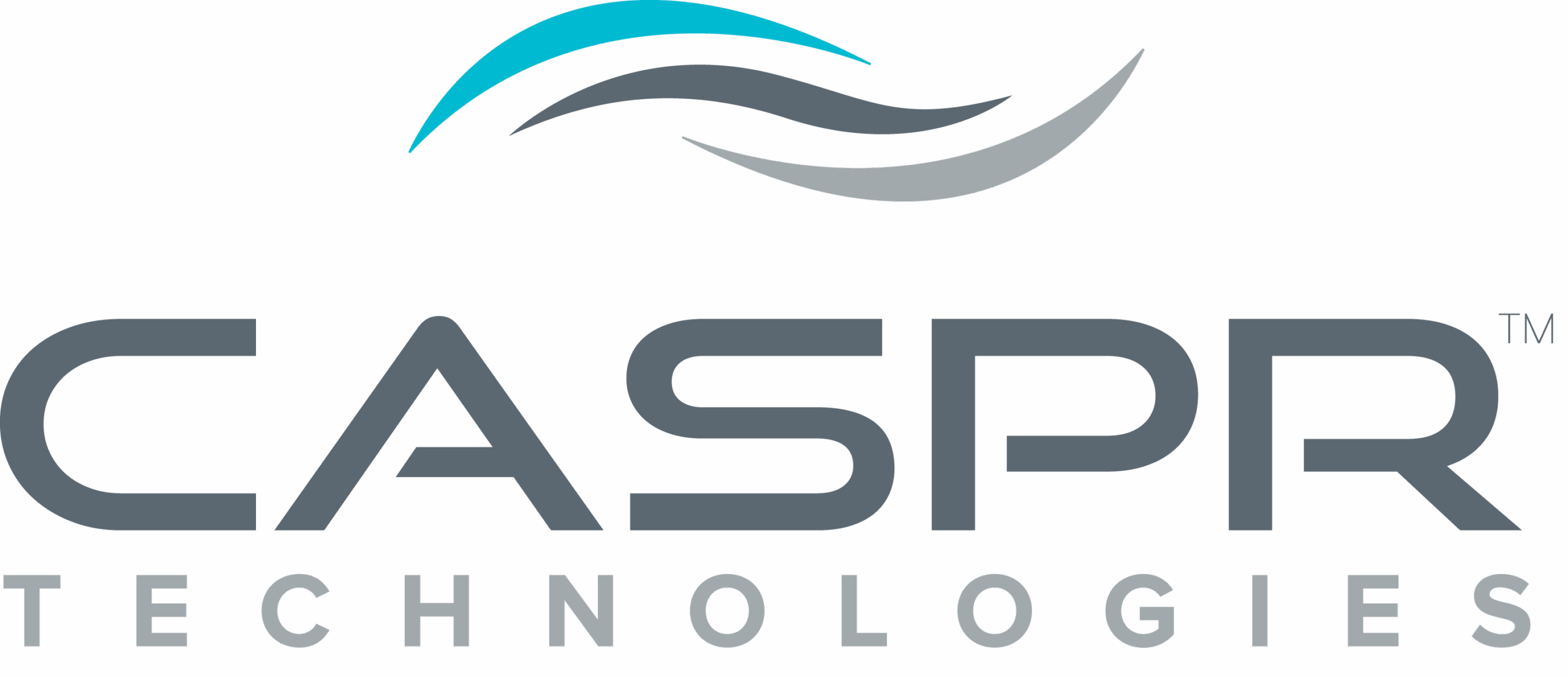Beyond Air Disinfection: A Comprehensive Approach to Pathogen Control

Since the pandemic, facilities worldwide have prioritized indoor air quality through various disinfection strategies. However, an important question remains: Is air disinfection alone sufficient to protect against the full spectrum of infectious pathogens? The Challenge of Surface Pathogens While airborne pathogens capture much attention, several dangerous microorganisms primarily spread through surface contact. Common surface pathogens […]
ASHRAE 241 – The new standard on Indoor Air Quality focused on Infectious Aerosols
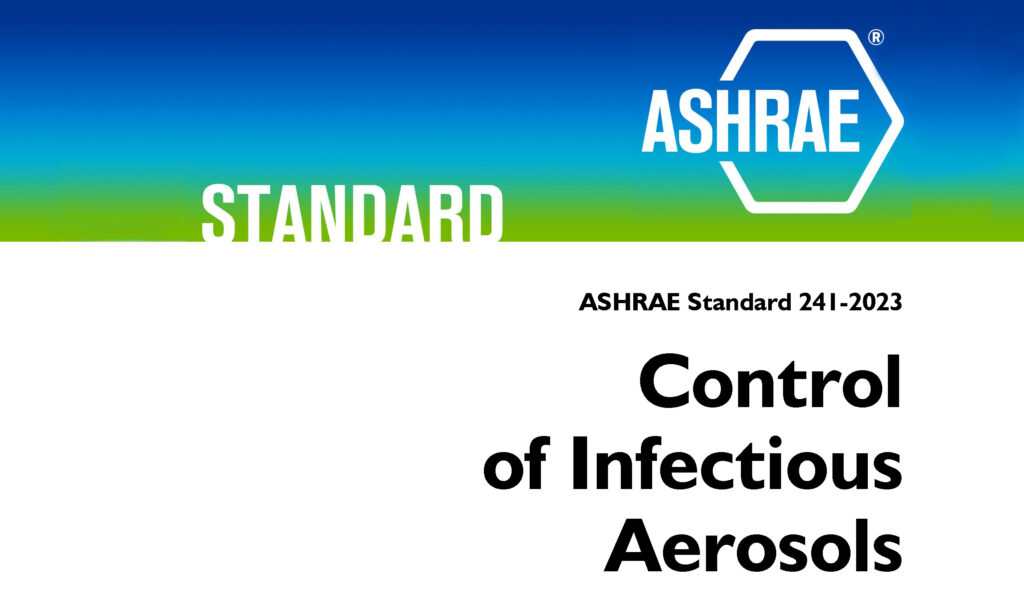
If you are unfamiliar with ASHRAE Standard 241-2023: Control of Infectious Aerosols (241), keep reading for a basic introduction. Developed by ASHRAE at the request of the White House, this standard was created in just six months. Its goal? To offer an alternative solution to widespread shutdowns in the event of another pandemic. Prior to […]
Harbor Transit Fleet Now Equipped with Air and Surface Disinfection Systems
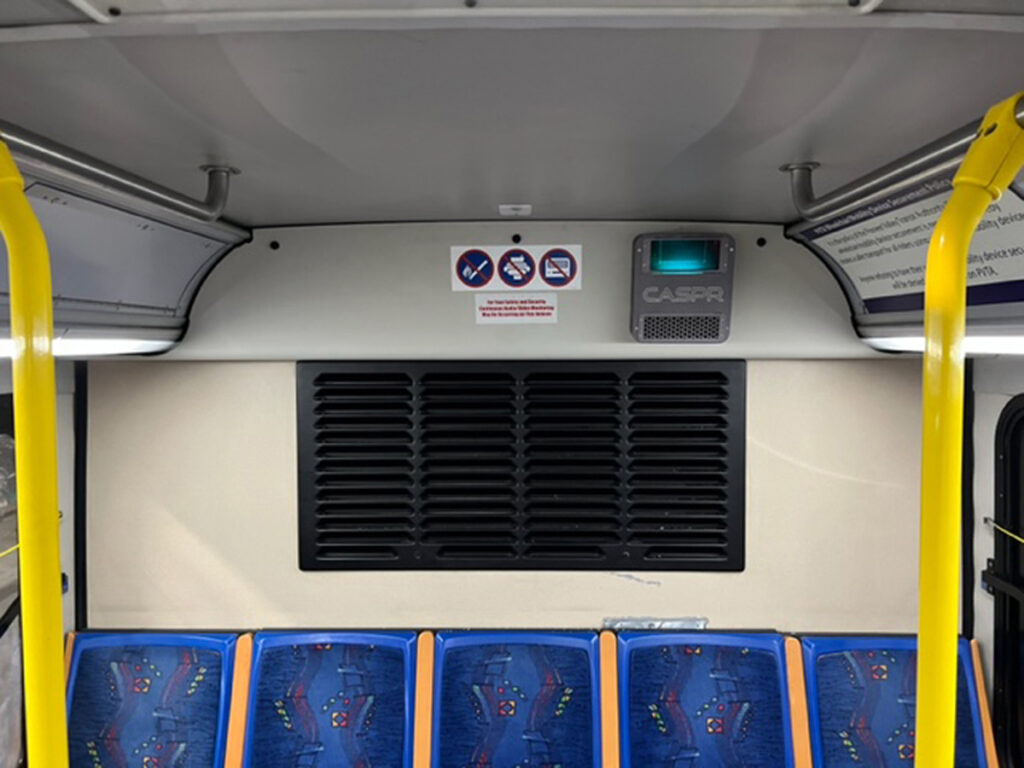
Harbor Transit’s fleet now boasts newly-installed CASPR disinfection systems, adding another layer of protection for its passengers and employees. The CASPR (which stands for Continuous Air & Surface Pathogen Reduction) transit model is specifically designed for buses and trains and destroys 99.96% of pathogens both in the air and on surfaces, including COVID-19 and other […]
Natural Catalytic Converter Innovation (NC2I) Technology for Continuously Inactivating Air and Surface Pathogens with More Effect than Ventilation and Filtration

Natural Catalytic Converter Innovation (NC2I) Technology for Continuously Inactivating Air and Surface Pathogens with More Effect than Ventilation and Filtration By Dr. Margaret Scarlett, Brett Duffy ARTICLE ABSTRACT Study Objective: The purpose of the study is to present independent laboratory testing for a novel technology in air and on surfaces. Since 2020, public health goals have […]
CASPR Technologies Introduces New Home PRO System for Residential Spaces
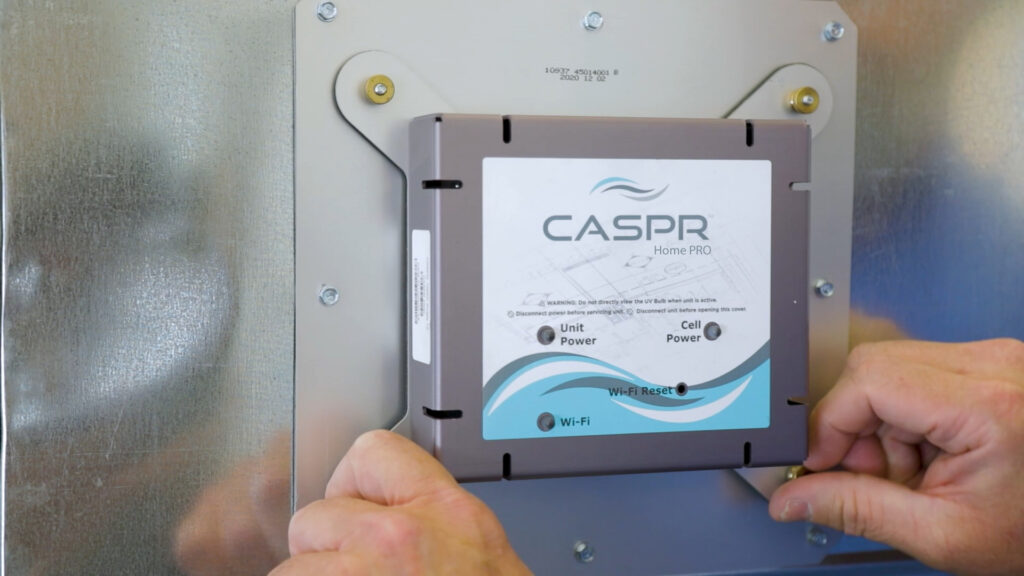
FOR IMMEDIATE RELEASE CASPR Technologies Introduces New Home PRO System for Residential Spaces HVAC-installed System Sets a New Standard in Indoor Air Quality Mandeville, LA (July 9, 2024) – CASPR Technologies, a leader in innovative air and surface purification solutions, announces the launch of its Home PRO line, designed to revolutionize indoor air quality management […]
CASPR Technologies Introduces New HVAC Division
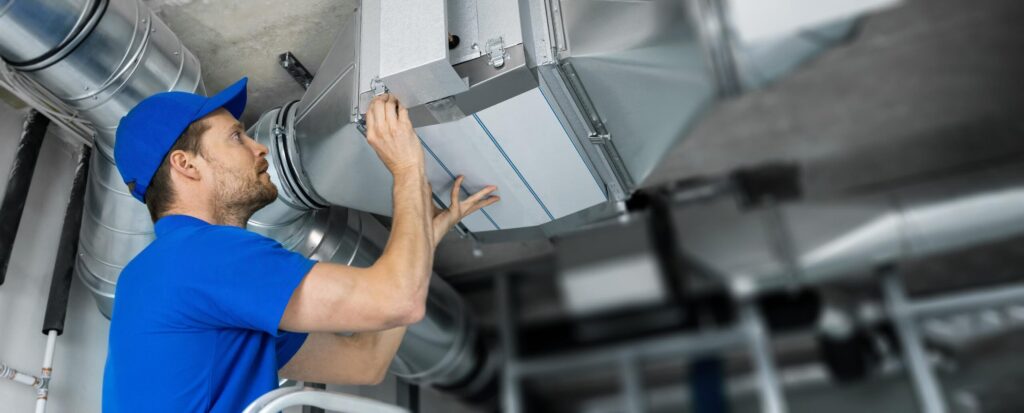
CASPR Technologies has announced its new HVAC division, which will build manufacturing partnerships and sales networks to bring CASPR’s innovative disinfection technology to multiple industries. This division will help meet the growing demand for advanced air and surface disinfection solutions delivered through HVAC systems. Read the full story here.
Understanding and Addressing the Threat of Avian Flu
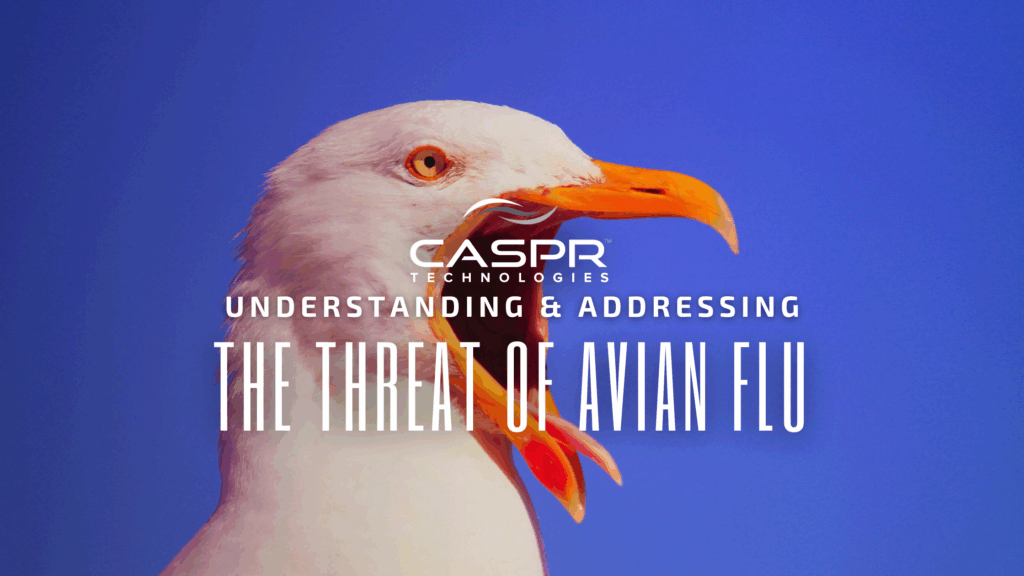
Recent reports about avian flu, particularly the H5N1 strain, have emerged, with more than 40 cattle facilities testing positive since March 2024, as of this writing. About 20 percent of retail milk tested is positive for the virus.1 Therefore, avian flu poses a significant threat to animal health and a potential threat to human health. […]
CASPR Transit 2.0 Wins EMSWorld Innovation Award
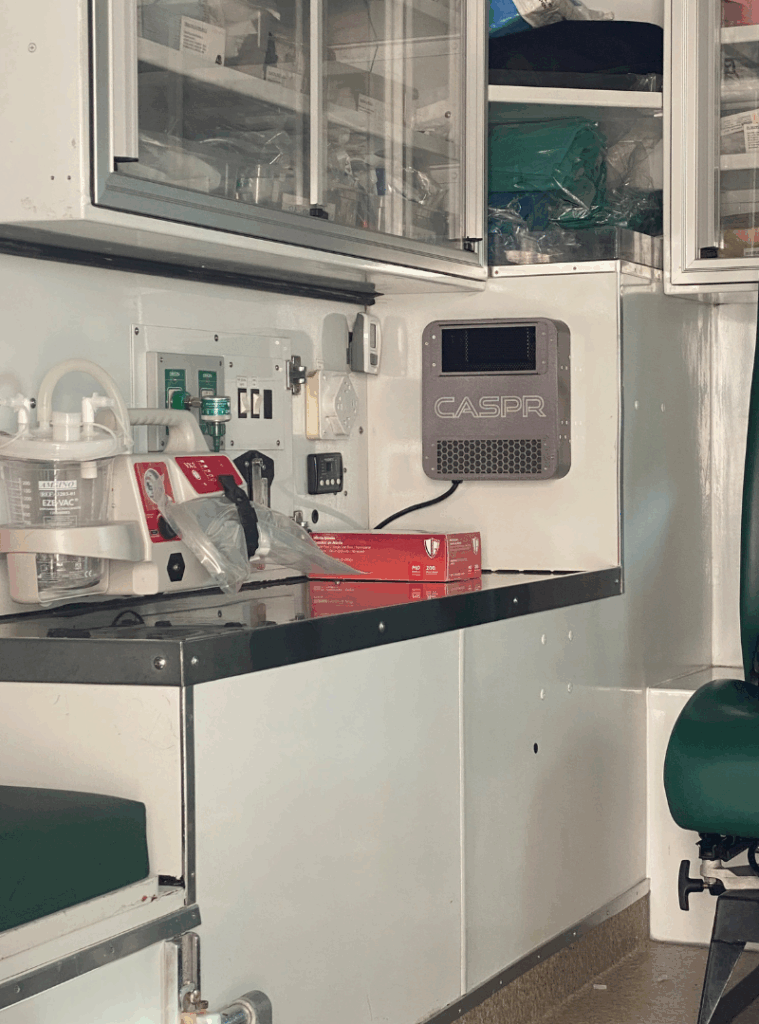
CASPR is proud to announce its Transit 2.0 solution has been selected as a recipient of the 2023 EMSWorld Innovation awards. The award recognizes the industry’s most pioneering products of the year that were on full display at EMS World Expo, held September 20–22 in New Orleans. Read the article here.
Q&A with Tandy Janson

Dive into an illuminating Q&A session with the Bus and Transportation Manager from Kingman Unified School District, Tandy Janson, as she shares her firsthand experience with the implementation of cutting-edge technology. Gain valuable insights into the reactions from both students and staff and unravel the workings of this transformative technology. Situated in the vast expanses […]
Franklin Avenue Baptist Church partners with CASPR Technologies to protect their congregation

Pastor Luter says that Franklin Avenue’s mission statement is simple: To spiritually impact our families, neighborhoods, city, and state by Exalting the Savior, Equipping the Saints, and Evangelizing the Sinners. On August 29, 2005, the church faced its first big disaster when Hurricane Katrina flooded the original church with nine feet of water. In December […]
